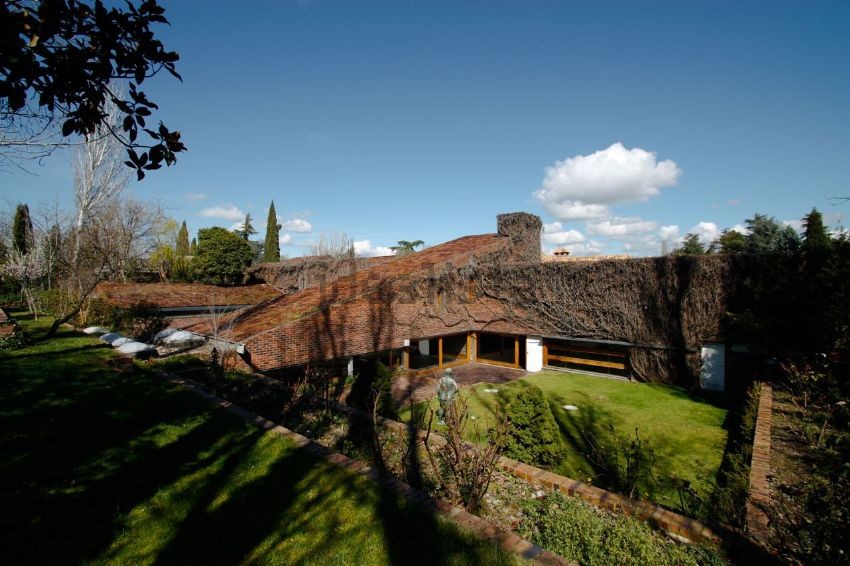
For over a century, housing in Spain has been a stage for architectural innovation, from Modernism, which transformed bourgeois residences, to Rationalism, which explored new social typologies; from contemporary experimentation to international perspectives that reinterpreted the landscape. This article examines 28 architects and studios that have built housing in Spain, including their dates, projects and locations.
Modernism and the early avant-garde
Between the late 19th and early 20th centuries, Barcelona was a significant residential laboratory for Catalan Modernism. Craftsmanship, structure and ornamentation combined to produce residential buildings that, even today, define entire city blocks.
- Antoni Gaudí: Between 1883 and 1912, bourgeois homes such as Casa Vicens, Casa Batlló and Casa Milà (La Pedrera) were created in Barcelona, becoming urban and Spanish landmarks.
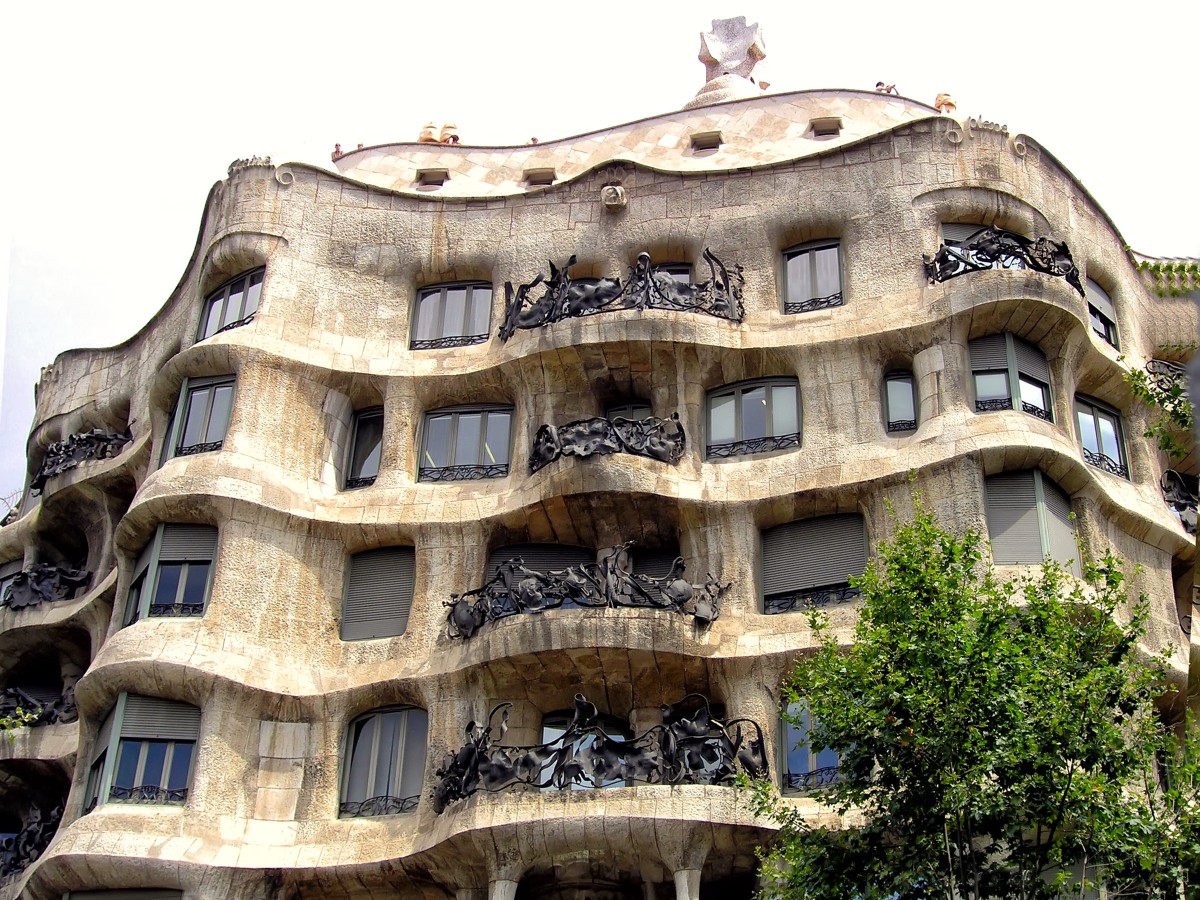
- Lluís Domènech i Montaner (1902–1911): Architect of Casa Lleó Morera, a comprehensive renovation of an apartment building, and Casa Fuster, designed as a residential building and hotel. Both works, located on Passeig de Gràcia and Avinguda Diagonal in Barcelona, are in the heart of the Eixample district, a symbol of Modernist splendour.
- Josep Puig i Cadafalch (1898–1905): Architect of Casa Amatller and the emblematic Casa de les Punxes (or Casa Terradas), both in Barcelona. His works, located in the famous "block of discord" and along the Diagonal axis, represent the synthesis between Catalan Modernism and a personal vision of reinterpreted Gothic architecture.
- Josep Maria Jujol (1923–1924): In Casa Planells, an ingenious collective housing built on a small corner of the Eixample district of Barcelona, the architect demonstrated how spatial economy could coexist with great formal and expressive freedom.

Rationalism and the post-war period (1930s–1970s)
From the 1930s to the 1970s, rationalism and post-war reconstruction introduced compact typologies, industrial solutions and experiences in social housing and austere single-family homes, from the Mediterranean to Galicia:
- GATCPAC (1932–1936): With the Casa Bloc in Sant Andreu (Barcelona), the group promoted a model of modern and serialised social housing, a reference point for rationalist urbanism and Catalan modernity before the Civil War.
- José Antonio Coderch (1950s–60s): In works such as Casa Ugalde (Caldes d'Estrac) and Casa Catasús (Sitges), he reinterpreted the Mediterranean tradition through his architecture of shade, patio and breeze, intimate and deeply linked to the place.
- Alejandro de la Sota (1960s–1970s): With projects such as the Domínguez House (Pontevedra), he explored a light, precise and essential housing, marked by attention to construction detail and integration into the Galician and Madrid landscape.
- Francisco Javier Sáenz de Oiza (1961–1969): In Torres Blancas (Madrid), he experimented with the height of collective housing, producing an icon of structural organicism and one of the most recognised works of the 20th century in Spain.

- Corrales & Molezún (mid-1960s): Architects of the Huarte House (Madrid), they exemplify structural and spatial elegance. They also participated in other residential developments in the capital.
- Julio Cano Lasso (1960s–1990s): He designed colonies and collective housing complexes in Madrid and Castile and León, known for their sober design, climate adaptability and dialogue with the landscape.
Contemporary Spanish role models
Since the 1970s and 80s, and throughout the last few decades, Spanish studies have experimented with densities, communal voids, materials and precise structures, both in single-family and collective housing:
- Ricardo Bofill / RBTA (late 1960s and 1970s): La Muralla Roja and Xanadú explore new typological experiments, while Walden 7 develops a residential megastructure. Works in Calpe (Alicante) and Sant Just Desvern (Barcelona) are also noteworthy.
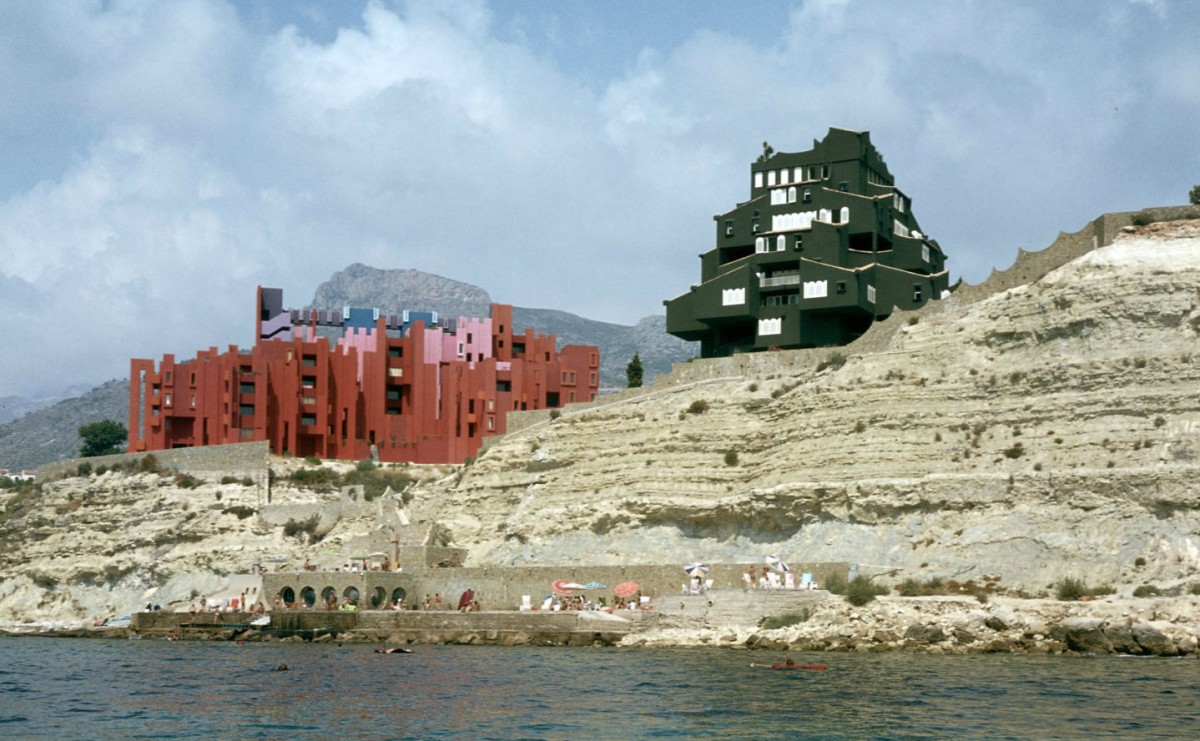
- MBM (1988–1992): The Poblenou Olympic Village housing in Barcelona is a mixture of typologies and scales facing the coastline, reorganised for the Olympic Games.
- Alberto Campo Baeza (1990s-2010): He stands out for his single-family homes, such as Gaspar, de Blas or Rufo in Cádiz, as well as constructions in the Madrid and Toledo area, employing light as a building material.
- RCR Arquitectes (1990s–2010): A series of houses and domestic renovations in Olot and La Garrotxa (Girona), where matter, volcanic landscape and daily life are integrated into the same language.
- Fran Silvestre Arquitectos (2010s): The Cliff House in Calpe (Alicante) and the Balint House in Bétera (Valencia) stand out for their material continuity and structural precision.
- Ensamble Studio (2005–2008): Hemeroscopium House, in Las Rozas (Madrid), is a house built with large prefabricated pieces: tectonic research applied to the domestic sphere.
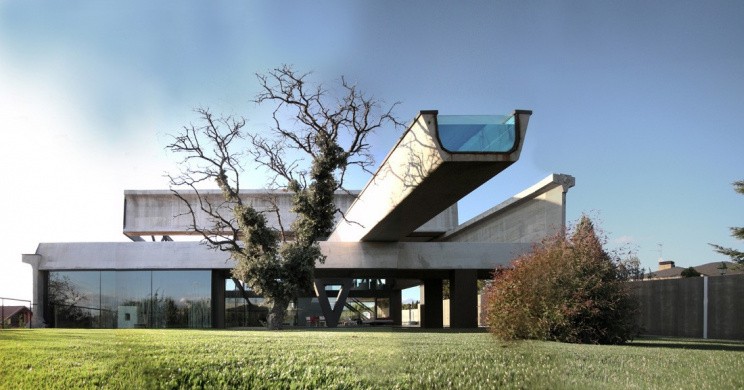
- Blanca Lleó (2001–2009): With MVRDV, she created the Mirador Building and La Celosía, in Sanchinarro (Madrid), introducing communal voids and porous structures in the new generation of collective housing.
- Cruz y Ortiz (1980s–2000): Authors of collective, protected and free housing developments in Seville and other Andalusian cities, with constructive rigour and urban continuity.
- Guillermo Vázquez Consuegra (1980s–2010): He is known for his residential complexes and projects in the historic centres of Seville, Cádiz and Huelva, where typological clarity and climatic shadow define his architecture.
International architects with homes built in Spain
The Spanish scene also attracted foreign authors who, from the Mediterranean landscape to the metropolitan fabric of Madrid, built experimental or innovative housing.
- Jørn Utzon (1971–1974 and 1992–1994): Can Lis and Can Feliz, two stone houses located in Mallorca, open up to the Mediterranean horizon, combining integration with the landscape and attention to artisanal detail.
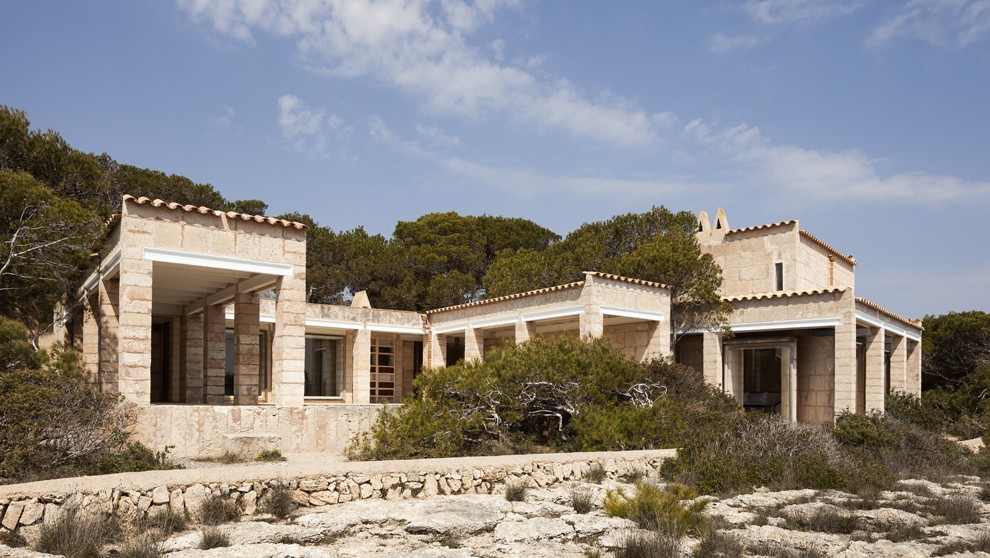
- MVRDV (2001–2009): Together with Blanca Lleó, they developed Mirador and Celosía in Sanchinarro (Madrid). These residential projects incorporate large open spaces and communal walkways, redefining life in new urban developments.
- Foreign Office Architects (mid-2000s): In the PAU of Carabanchel (Madrid), they designed social housing with filtering envelopes and patios, exploring the relationship between light, ventilation and privacy in dense environments.
Other names to consider
Beyond the established canon, a wide range of studies has focused on single-family and collective housing in recent decades, refining materiality, sections and sustainability in very diverse contexts:
- NO.MAD (2000–2010): Known for its homes and developments with bold and unconventional geometries, such as Casa Levene in Madrid. It also has buildings in Navarre, among other locations.

- Ramón Esteve (2000–2010): He built Mediterranean-style houses using concrete, stone and wood. Among them, Casa Sardinera is noteworthy.
- Burgos & Garrido (years 2000–2010): Their collective housing developments have an environmental focus and common spaces, located in Madrid (Vallecas, Sanchinarro) and other locations.
- BAAS (since the early 2000s): Its main focus is collective housing and residential rehabilitation with a sober materiality in places like Barcelona and its metropolitan area (Vallès and surroundings).
- Paredes Pedrosa (late 2000s and 2010s): He builds social and youth housing in areas such as Móstoles or Vallecas (Madrid), with sections and courtyards as organisers.
- Manuel Gallego Jorreto (1970s–2000): He is renowned for his single-family homes and small groups of great artisanal precision located in Galicia (A Coruña, Oleiros, Corrubedo), always in an intimate dialogue with the landscape.

